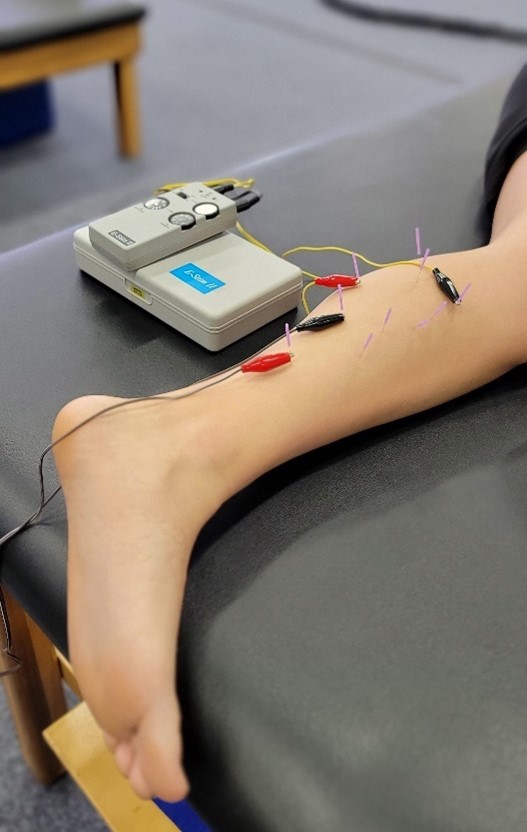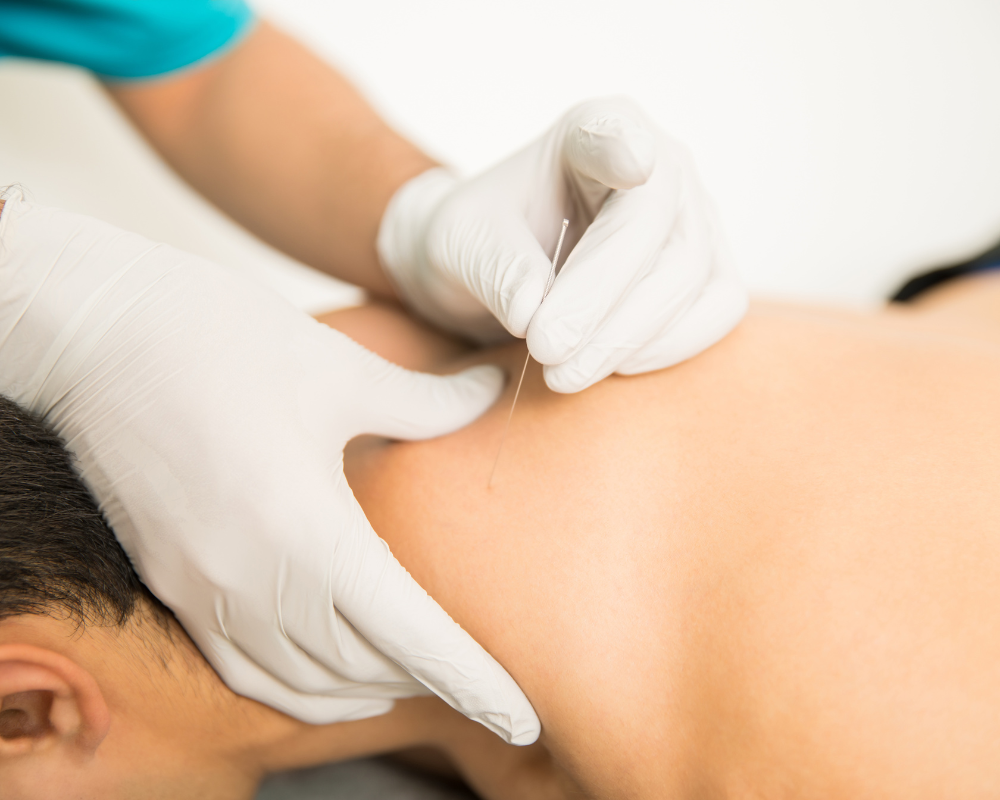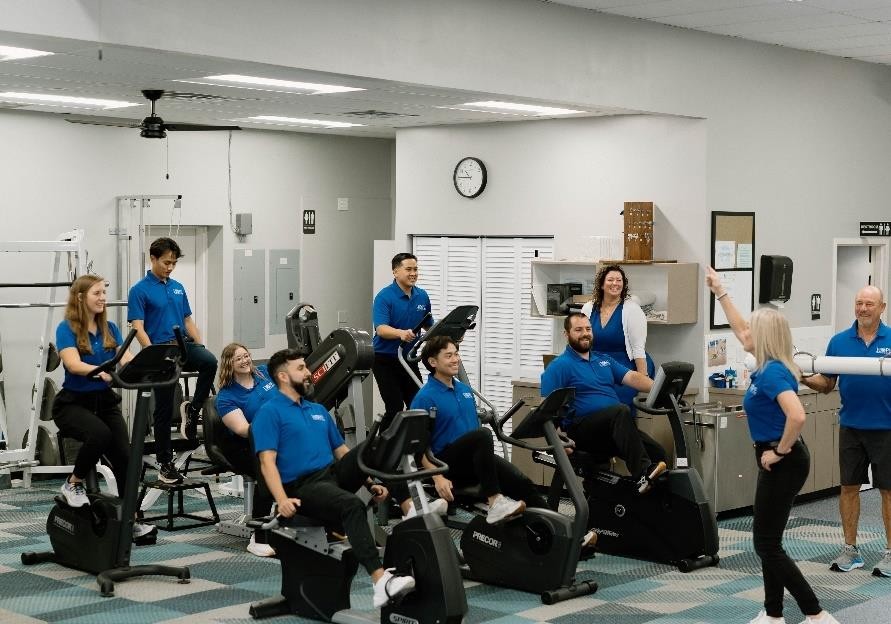Dry Needling

“Dry Needling is a skilled intervention that uses a thin filiform needle to penetrate the skin and stimulate underlying myofascial trigger points, muscular, and connective tissues for the management of neuromusculoskeletal pain and movement impairments. Dry needling (DN) is a technique used to treat dysfunctions in skeletal muscle, fascia, and connective tissue, and diminish persistent peripheral nociceptive input, and reduce or restore impairments of body structure and function leading to improved activity and participation.” – APTA, 2013 Book your appointment today and take the first step to the life you deserve!
Dry Needling has been used in physical therapy practice since 1984. It has been shown as an effective and efficient treatment for:
- Back and Hip Pain - including lumbar degenerative disc disease, arthritic changes and herniated discs
- Head and Neck Pain - including whiplash and headaches / migraines, degenerative joint disease, degenerative disk disease or osteoarthritis
- Shoulder Pain - including rotator cuff muscle tears, bursitis, adhesive capsulitis (frozen shoulder), tendonitis and impingement syndrome
- Knee Pain - including degenerative joint disease or osteoarthritis
- Shin / Ankle / Foot Pain - including shin splints, gout, metatarsalgia and Morton's neuroma
- Plantar Fasciitis (Heel Pain)
- Elbow Pain - including lateral epicondylitis (tennis elbow) and medial epicondylitis (golfer's elbow)
- Hand and Wrist Pain - including gamekeeper's thumb, DeQuervain's syndrome, carpal tunnel syndrome, degenerative joint disease and osteoarthritis
- Post-surgical Pain
- Acute and Chronic Tendonitis
- Athletic and Sports-related Overuse Injuries
- Otological (Ear) and Opthamological (Eye) Pain - including tinnitus and eye strain
- Dental (Teeth) and Orthodontic (Jaw and Occlusal) Pain - including cavities, temporomandibular joint (TMJ) dysfunction, tooth impaction and root problems
- Post-traumatic Injuries, Motor Vehicle Accidents (MVA), and Work-related Injuries
- Other Chronic Pain Conditions - including myofascial pain and myofascial pain syndrome (MPS)

Dry Needling treats by:
- Releases muscle shortening which increases ROM (range of motion)
- Removes the source of irritation (inflammatory chemicals in the body, trigger points, pain signals to the brain)
- Promotes healing by the needle causing microtrauma to the tissue which increases red blood cells and growth factor chemicals in the treated region of the body
- Removes overall stress/tension in tissues caused by anxiety derived from pain
Transform Your Recovery Journey with Hope Physical Therapy and Aquatics
Image provided by Don Winkler

See Our Patients Testimonials
"I had difficulties with numbness, cold, and tingling across my shoulders and down my arms all the way to my fingers. After completing my PT, the tingling, numbness, and pain have ceased." Marc F.
"I had limited strength in my hips before coming to PT, but now I have built strength and have the exercises to continue at home. " Leigh Ann L.
"Before I started therapy at HOPE Physical Therapy and Aquatics, I was having some balance issues, tremors interfered with eating (esp. soup or salad) and felt less ‘stable’. I was running into walls and stumbled while walking dog on uneven surfaces. As a result of my physical therapy at HOPE Physical Therapy and Aquatics I feel much better balanced, have a couple of techniques (finger flinches, and “BIG” fingers) to help control tremors in my right hand, and better stability walking. Even my chiropractor has noticed the “BIG” improvement." Robert L.
"Hope is the first place I have ever gone for treatment that has actually helped. I have tried chiropractors, massage places, and pain doctors and none of it has even come close to the progress I’ve made here. Before Hope I couldn’t even get up out of bed without rolling off, and now, my abs are strong enough to be all I need. My pain levels have gone down tremendously thanks to everyone at Hope. Thanks ya’ll!" Christopher B.
"I learned a lot and everyone was kind and took care of me. They were always concerned with how I felt and made sure I was not doing too much. They know what they are doing. But most of all, they all worked together to make my knee get better. " Mary Lou M.
